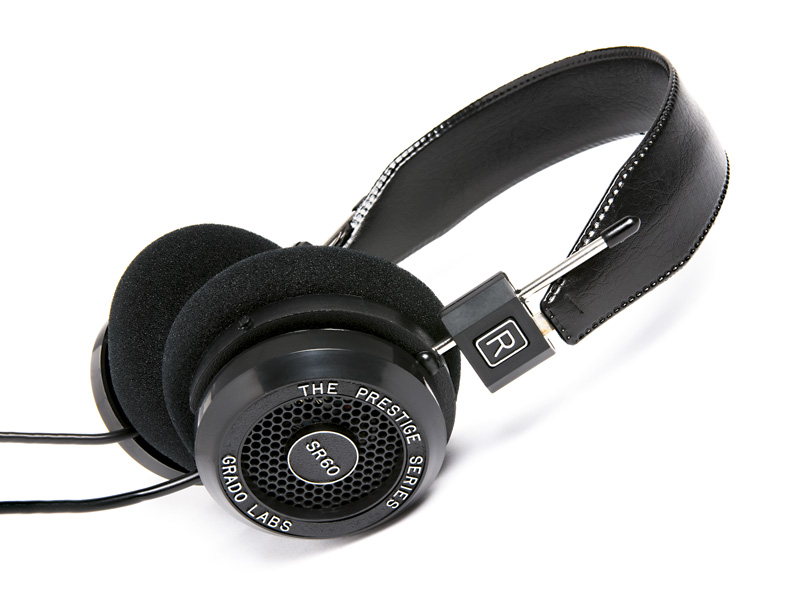TechRadar Verdict
Tonality is admirable in the bass and lower midrange, while detail and definition are very impressive for the price. Comfort is much improved over the older Grado models. Upper midrange and treble still show some coloration, though one soon becomes accustomed to it. Above all, highly recommended.
Pros
- +
Very comfortable
- +
Impressive definition for the price
- +
Highly recommended
Cons
- -
Treble and midrange have some signs of coloration
Why you can trust TechRadar
Grado has been making headphones for a long time now and some of the models in the catalogue have been there for a significant portion of the company's history. Just occasionally something gets changed, however, and recently the company introduced a 'improved' version of the classic SR60 model – hence the 'i' suffix.
Thus the company's long-standing starter model now sports a new driver diaphragm and slightly revised housing, which is claimed to reduce transient distortions. It also has a new design of foam earpad, which we voted an improvement in comfort immediately.
Like all Grado headphones, this is an openback model which relies on rear-venting of the diaphragm to reduce both the frequency of bass resonance and its severity, the aim being to give extended and clear bass.
At the top end of the spectrum, controlling distortion and resonance is down to the design of the diaphragm itself and to this end Grado makes a point of 'de-stressing' the diaphragm.
The motor driving the diaphragm uses high-purity copper wire and neodymium magnets and the impedance of 32 ohms makes this model suitable for both home and mobile use – it won't go quite as loud as most in-ear types with a portable player, but satisfying levels can still be achieved.
The usual combination of 3.5mm jack-plug and 6.3mm adaptor is provided, both gold-plated, of course. Grado's usual simple headband is still used, though it seemed slightly more comfortable to us than of old.
The cable is very soft and flexible and we are pleased to report that it gives practically no friction noise as it rubs against skin or clothing.
Sound quality
In many respects, this is a highly capable headphone. It is very revealing and has one of the most satisfying tonal balances we've heard in this price range. Headphone tonality can often take a bit of getting used to and does vary to some extent, depending on each listener's ears, but in general terms, this model has a largely neutral midrange and a very good bass; extended but not over-emphasised.
Treble is a little coloured, with some exaggeration of the range in which vocal sibilants lie. This also makes background noise stand out rather more, but it's worth mentioning that competing models show this effect in far greater measure. Grado's own GS1000 avoids it, but at ten times the price!
That's all specifics, though. In musical terms this is a highly successful model which is equally at home in rock, unaccompanied voice, piano and full orchestra. It has a happy knack of getting the musical message across in such a way as to make one forget about any specific strengths or weaknesses.
Just about the only recording we tried that made us wish for a little more insight was a very tricky one of violin and piano, where the instruments seemed slightly homogenised. However, known tricky tracks such as Dance the Night Away by The Mavericks were revealed in considerable detail and with excellent drive and pace.
Most successful of all was choral music, as many headphones trip up here, merging the voices together and losing focus. Not the SR60i, though, which positively revelled in the demands and gave us some of the best image depth we've heard short of very high-end models.
We're delighted with the changes Grado has made. It gives a very respectable model a significant leg-up, making it a strong recommendation in its category.
Follow TechRadar reviews on Twitter: http://twitter.com/techradarreview
